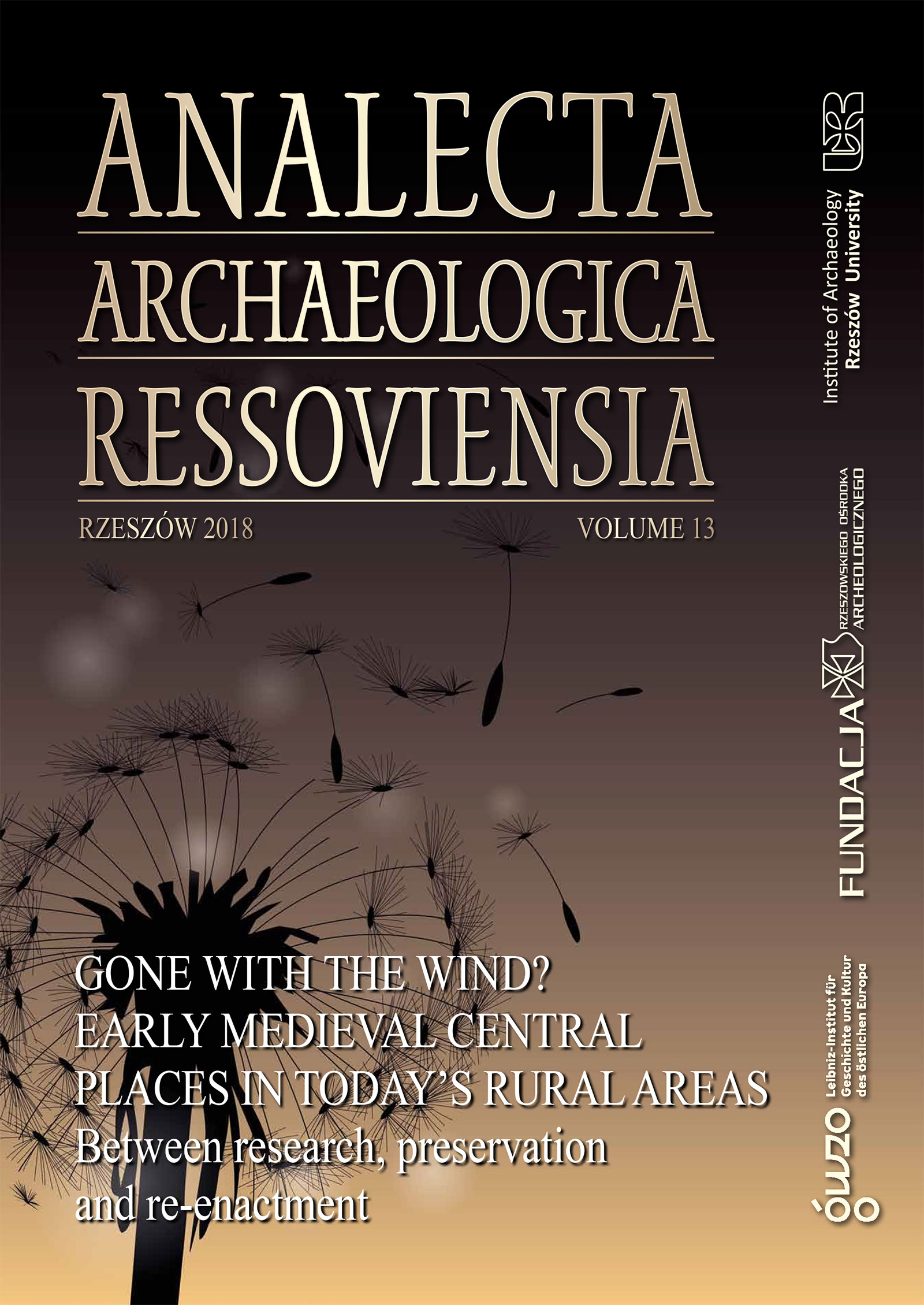Gone with the Wind? Early Medieval Central Places in Today’s Rural Areas. Between Research, Preservation and Re-Enactment: An Introduction
DOI:
https://doi.org/10.15584/anarres.2018.13.1Keywords:
public archeology, re-Enactment, nationalism, information cocoons, filter bubblesAbstract
The article presents remarks on the social context of archaeology. Its high cost and permanent presence in public space mean that the functioning of archaeology (much more than other disciplines, such as historical studies) depends on the current political situation. Our discipline was a source of entertainment for the elites (the Middle Ages), a form of legitimising monarchy (the Early Modern Era), and a building block of national pride (the 19th–20th c.). Contrary to what we initially hoped for, the Internet, which has been gaining in popularity since the end of the last century, has brought more control than freedom and enables – for the first time on this scale – creating closed-off communities that hold radical views, which are sometimes absurd in the eyes of science. This is also the case of notions about the past, an excellent Polish example of which is the theory of Great Lechia. The popularity of this myth and the fact that fake archaeology was constructed around it is proof that the past is very far from being gone with the wind, and the need to reconstruct it is also present in our – so very post-modern – world. All this warrants an attempt to reflect on the way in which notions about the past are created by archaeologists, including those who work away from great centres of civilisation.

